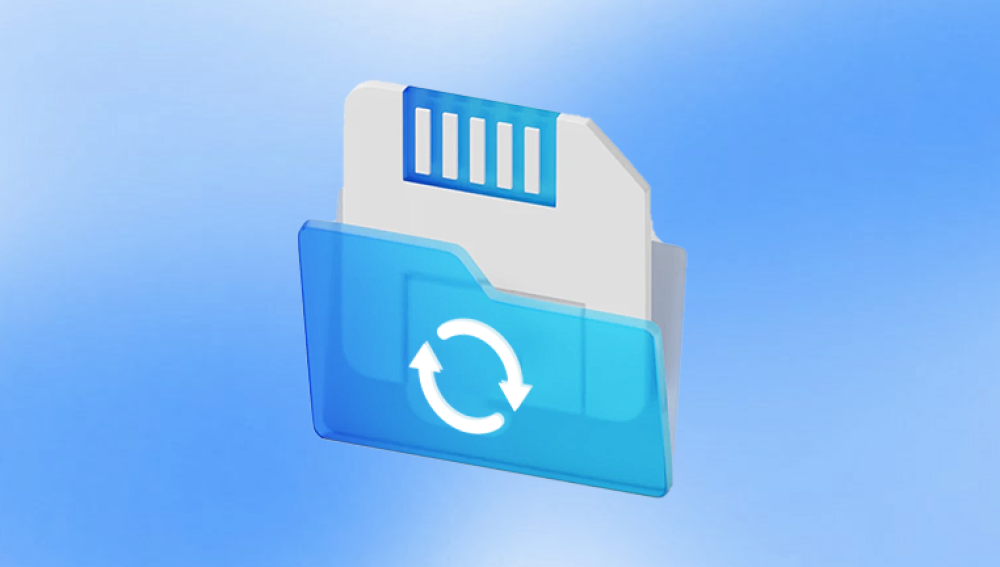From casual smartphone footage and dash cam recordings to professional content captured on DSLRs and GoPros, SD cards are at the core of video storage. However, even the most reliable SD card is not immune to human error, corruption, or device malfunctions that can lead to accidental video deletion.
The sinking feeling of realizing that cherished travel memories, irreplaceable wedding footage, or important business presentations have vanished can be deeply distressing. Fortunately, deleted videos from an SD card are not necessarily lost forever. With the right tools, techniques, and a calm, methodical approach, you can often recover deleted videos even if they’ve been removed from the recycle bin or formatted away.

SD Card Video Deletion
Before jumping into recovery methods, it's important to understand what happens when a video is deleted from an SD card. Contrary to popular belief, deleting a file doesn’t immediately erase it from the card. Instead, the file system simply marks the space occupied by the deleted file as available for new data. Until new files overwrite that space, the video is still recoverable.
There are two main scenarios for deletion:
Standard Deletion: Occurs when you delete a file via a computer or camera. The operating system or device flags the space as reusable.
Formatting: A quick format essentially tells the file system to ignore all data on the card, but the data still physically resides there until overwritten.
Understanding this mechanism is crucial—it means that prompt action and minimal card usage after deletion significantly increase the chances of successful recovery.
Immediate Steps After Deleting a Video
When you realize a video has been deleted, your next steps are critical:
Stop using the SD card immediately. Any new files added could overwrite the deleted video, making recovery impossible.
Do not reformat the SD card. Reformatting might reduce the chances of a successful recovery, especially if it's a full format.
Eject the card safely. Remove the SD card from the camera, drone, or device and insert it into a card reader connected to a computer.
Avoid quick fixes. Don’t try to recover files directly from your device (like a phone or GoPro) unless you know it allows direct file system access.
Common Causes of Video Loss on SD Cards
Understanding why videos get deleted or lost helps in choosing the best recovery strategy:
Accidental Deletion: The most common cause—hitting delete without realizing or mistaking a video for another.
Corruption: SD cards can become corrupted due to improper ejection, power failures, or malware.
Formatting: A quick or accidental format erases the file structure but may leave data intact.
File Transfer Errors: Videos can get lost during interrupted transfers from the SD card to a computer or cloud storage.
Physical Damage: If the SD card is physically damaged, recovery becomes much harder and may require professional help.
Methods to Recover Deleted Videos from an SD Card
1. Use Professional Recovery Software
Drecov Data Recovery
Drecov Data Recovery is designed to retrieve lost videos from various storage devices, including SD cards, USB drives, external hard drives, and computer internal drives. It supports a wide range of popular video formats such as MP4. AVI, MOV, WMV, and more. Whether your videos were deleted accidentally, lost due to formatting, corrupted drives, or system errors, Drecov Data Recovery can scan your device thoroughly to locate recoverable files.
The recovery process is straightforward and user-friendly. After installing the software, you select the storage device where your videos were deleted, then initiate a deep or quick scan. Drecov Data Recovery will analyze the device’s file system and recover traces of lost videos, presenting them in an organized preview window. You can then select the specific videos you want to restore and save them to a different location to avoid overwriting data.
One of Panda’s strongest features is its high success rate in recovering deleted files, even after formatting or emptying the recycle bin. The software operates in a read-only mode, ensuring that your existing data remains safe and intact during recovery.
2. Recover Using Command Line Tools (Advanced Users)
Tech-savvy users can use command-line-based utilities for recovery.
PhotoRec is a powerful open-source tool for recovering various file types including videos.
Steps:
Download and extract TestDisk/PhotoRec.
Launch PhotoRec from the command line.
Select the SD card from the list of detected media.
Choose the partition type and start the scan.
Specify a recovery location (never on the same SD card).
Let the scan run and check the recovery folder for restored files.
Pros:
Highly effective and free.
Works on Windows, Mac, and Linux.
Cons:
Text-based interface may be intimidating.
No file name recovery—only raw data.
3. Recover from Cloud or Backup
If your device had cloud sync enabled (like Google Photos, iCloud, or GoPro Quik), check your cloud account:
Google Photos: Login and check the “Trash” section.
iCloud: Browse your recent deletions under “Recently Deleted.”
OneDrive or Dropbox: Look for deleted items in the trash bin.
If you previously backed up your SD card or phone using a backup tool, now is the time to restore from those backups.
4. Recovery from Specific Devices
Cameras (Canon, Nikon, Sony, etc.)
Remove the SD card and use recovery software via PC.
Some cameras create temporary folders—check those before assuming a file is gone.
Drones (DJI, Parrot, etc.)
Avoid using internal recovery apps as they may overwrite files.
Remove the SD card and scan via computer.
Android Phones with SD Cards
Enable USB debugging if recovering directly.
Prefer using card readers to scan the card externally.
GoPro
Connect via SD card reader.
Avoid recording new footage after deletion.
When to Seek Professional Help
Sometimes, DIY recovery isn’t enough—especially if the SD card is:
Physically damaged: Cracks, bends, or water damage.
Not recognized by the computer.
Heavily corrupted with unreadable partitions.
In these cases, contact a professional data recovery lab. These services can perform hardware-level repairs and extract data using specialized equipment.
Keep in mind:
They are expensive—ranging from $300 to $2000.
Choose certified, reviewed services to ensure reliability.
Tips to Maximize Recovery Success
Stop writing to the SD card immediately.
Use a reliable card reader.
Choose deep scan if the quick scan fails.
Preview files before recovering.
Avoid multiple recovery attempts with different tools on the same card—it can damage data integrity.
Preventing Future Video Loss
After recovering your videos, take steps to protect against future loss.
Regular Backups
Manual Backups: Transfer videos to your computer or external drive weekly.
Cloud Sync: Use services like Google Photos, iCloud, Dropbox, or Amazon Drive.
Automated Tools: Tools like SyncBack or ChronoSync help automate backups.
Safe Ejection Practices
Always eject SD cards safely to avoid corruption.
Avoid removing cards while the device is writing data.
Use High-Quality SD Cards
Stick to reputable brands (SanDisk, Samsung, Lexar).
Look for cards with high endurance if recording long videos (e.g., dash cams).
Format In-Device
Format the SD card inside the device it’s going to be used in. This ensures optimal file structure.
Avoid Reuse After Deletion
If you delete videos, don't use the card again until recovery is complete.
Common Myths About SD Card Recovery
Myth 1: Once deleted, videos are gone forever.
Fact: Unless overwritten, deleted files remain recoverable.
Myth 2: Formatting destroys all data.
Fact: A quick format doesn’t erase data—it just resets the file system.
Myth 3: Cheap recovery tools are just as good.
Fact: Trusted software from reputable developers offers better success rates and safer recovery.
Myth 4: DIY recovery always works.
Fact: Hardware damage or advanced corruption often needs professional attention.
Recovering deleted videos off an SD card is not only possible it’s often surprisingly straightforward if you act quickly and avoid common mistakes. The key lies in understanding how SD cards handle data, using effective recovery tools, and maintaining a backup strategy moving forward.




